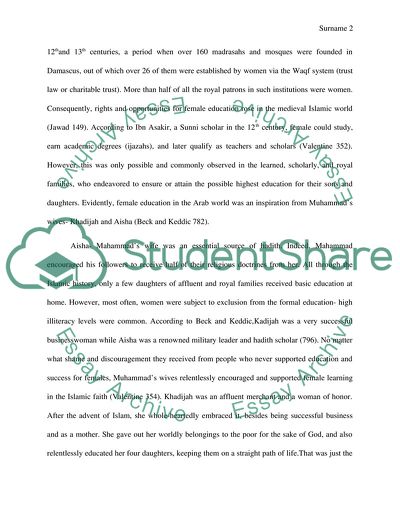Cite this document
(The Role and Education of Islamic Women in the Arabian Gulf Dissertation, n.d.)
The Role and Education of Islamic Women in the Arabian Gulf Dissertation. Retrieved from https://studentshare.org/education/1853196-islamic-women-in-the-arabian-gulf-and-education
The Role and Education of Islamic Women in the Arabian Gulf Dissertation. Retrieved from https://studentshare.org/education/1853196-islamic-women-in-the-arabian-gulf-and-education
(The Role and Education of Islamic Women in the Arabian Gulf Dissertation)
The Role and Education of Islamic Women in the Arabian Gulf Dissertation. https://studentshare.org/education/1853196-islamic-women-in-the-arabian-gulf-and-education.
The Role and Education of Islamic Women in the Arabian Gulf Dissertation. https://studentshare.org/education/1853196-islamic-women-in-the-arabian-gulf-and-education.
“The Role and Education of Islamic Women in the Arabian Gulf Dissertation”, n.d. https://studentshare.org/education/1853196-islamic-women-in-the-arabian-gulf-and-education.


